As far back as Aristotle’s doctrines, many argued that reason and rationale represent the pinnacle of human intellect. Such beliefs, through time, blended into multiple fields of study and work to create Rationalism.
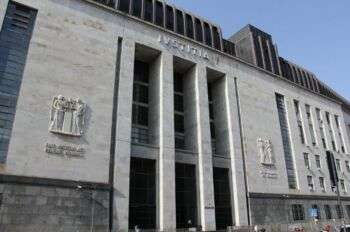
Image source: https://search.creativecommons.org/photos/11b73d8d-bafc-4cf8-86c6-881d7def849d by corno.fulgur75
Reason as a Paradigm
In architecture, the concept of Rationalism refers to a building devoted to logical, functional and mathematically ordered design. While many edifices may possess rational characteristics, a full commitment to these qualities is required in order to qualify a structure as fully rationalist.
In stylistic terms, Rationalism occurred in three main eras: 17th century, early 20th century, and late 20th century. However, its roots trace as far back as Ancient Greece, as their palaces and temples, notorious for having perfect symmetry and geometry, were built through carefully calculated mathematical principles. Further, these concepts and techniques were later co-opted and further expanded upon by the Romans, who first, formally, codified architecture as a rational deduction.
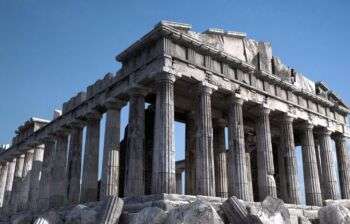
Image source: https://search.creativecommons.org/photos/c8da1efc-2fac-4817-934e-2b170db5bbad by Arch_Sam
The turning point for rational-based architecture came in the 17th century Enlightenment, which marked the rise of a new intellectual and philosophical era where science and reason were championed as humanity’s prime driving force. As such, Enlightenment architects created a structural language that complemented human logic and rationality; building on the Renaissance interpretations of classical architecture, the first unified style of rationalism began.
The Image of a Regime
Between the 1920s and the 1930s, Italian rationalism came into the spotlight as the main entity in the movement, fueled by the newly installed fascist regime. Further, this style was not represented aesthetically, but was linked to the classical Roman legacy it sought to emulate as well.
This short-lived expression begun, in 1926, with the creation of the Gruppo 7, a group including Luigi Figini, Gino Pollini, Giuseppe Terragni and Ubaldo Castagnoli (soon replaced by Adalberto Libera). The group grew further through a later merge with MIAR (Movimento Italiano Architettura Razionale).
Rationalism Gains Popularity
In these two decades, Rationalism established itself as Italy’s most prominent style. Moreover, it strives, above all, to balance the tension between its core elements: the search for a “new architecture” and societal renewal, the use of new materials and technologies (such as reinforced concrete),the influences of European modernism (such as Le Corbusier, Ludwig Mies van der Rohe and Walter Gropius), the will to question the absolute value of these models, and the continuity with the legacy.
The use of rationalism as the regime’s image came to an end after the collapse of the MIAR, during the mid-1930s. As fascism cut its ties with the movement, preferring to identify itself with the monolithic weight of Piacentini’s monumental buildings, rather than Rationalism’s more abstract classicism.

Image source: https://search.creativecommons.org/photos/ef1ee736-c9e4-4b28-979f-0f98627c2edf by Nick Kenrick..
Rationalist Characteristics
Taking its first steps from the Enlightened revival of classical styles, this style emphasized the ordered geometry and structural logic of antiquity. Ideally, it bridged the modern philosophies of human agency and people’s rights with the conquests of Greek democracies and the Roman Republic.
Its language focused on breaking complex elements into basic shapes (squares, circles, triangles…), as a rejection of the more ornate and baroque movements. As such, everything deemed excessive or superfluous was no long present, revealing the bare shapes, elements and materials as an expression of stylistic honesty.
To summarize, the most important characteristics of the movement are:
- Priority of urban planning on the architectural project
- Increasing number of houses to solve lack of housing
- Rigorous rationality of forms
- Systematic approach to industrial technology and standardization
- Conception of architecture as a key determinant of social progress
Most Important Rationalism Architects
Adalberto Libera was one of the most important Italian Rationalist architects, considered the author of many key projects designed under the Fascist regime. Some of his most famous works are Casa Malaparte, Palazzo dei Congressi and the many post offices in Rome, Italy.
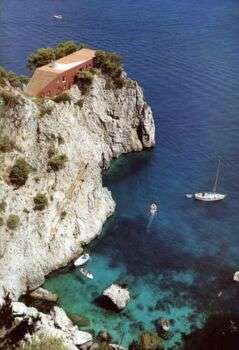
Image source: https://search.creativecommons.org/photos/8c4aab9c-be17-493f-9116-7d1744ac75f3 by POET ARCHITECTURE
Casa Malaparte
Casa Malaparte is a brick-red colored house with stairs shaped like an inverted pyramid, located on the Gulf of Salerno. It is completely secluded from civilization, only accessible by foot or boat.
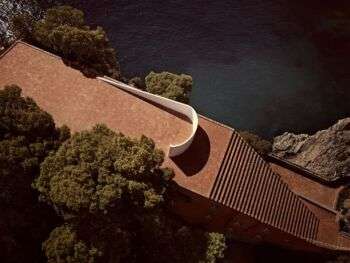
Image source: https://search.creativecommons.org/photos/8d124c94-5cd2-4326-b1d1-10016bacc8f2 by POET ARCHITECTURE
Italian artist Curzio Malapart, commissioned the structure. Additionally, his eccentric demeanor led him to oversee the entire design process, often clashing and arguing with Libera. Malaparte wanted the house to recall his own intimate persona. Thus, it became a place for loneliness, contemplation and writing.
Casa del Fascio
Giuseppe Terragni was an Italian architect who worked during the fascist regime and pioneered the Italian modern movement. His most important project, the so-called Casa del Fascio, begun in 1932 and finished in 1936.
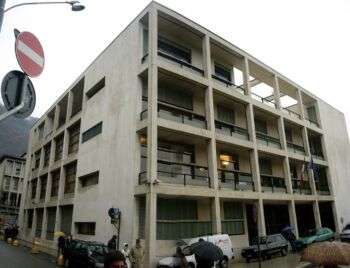
Image source: https://search.creativecommons.org/photos/d2e86312-65d4-4404-b265-e11081ffbc6a by roryrory
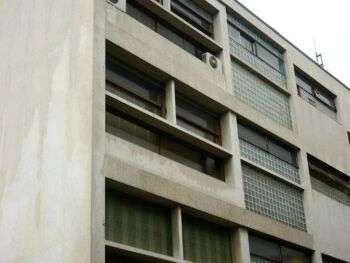
Image source: https://search.creativecommons.org/photos/092626e4-b06a-49ea-865f-012eb273880f by roryrory
Casa del Fascio, also known as Palazzo Terragni, is a perfectly regular prism whose height is half the base length. Terragni used few materials, all chosen with symbolic intention. Further, he troubleshooted, of course, the practical aspects of the daily destination of the edifice.
Palazzo Gualino
Palazzo Gualino is an office structure in Turin, built in 1928–30. Architects Gino Levi-Montalcini and Giuseppe Pagano built the structure for the entrepreneur Riccardo Gualino. It is a famous mark of early Italian rationalist architecture. Further, the design inspired by the simplification of lines, functionality, and technical necessities. The building features a symmetrical facade and several rigorously geometric elements.
Info source:
